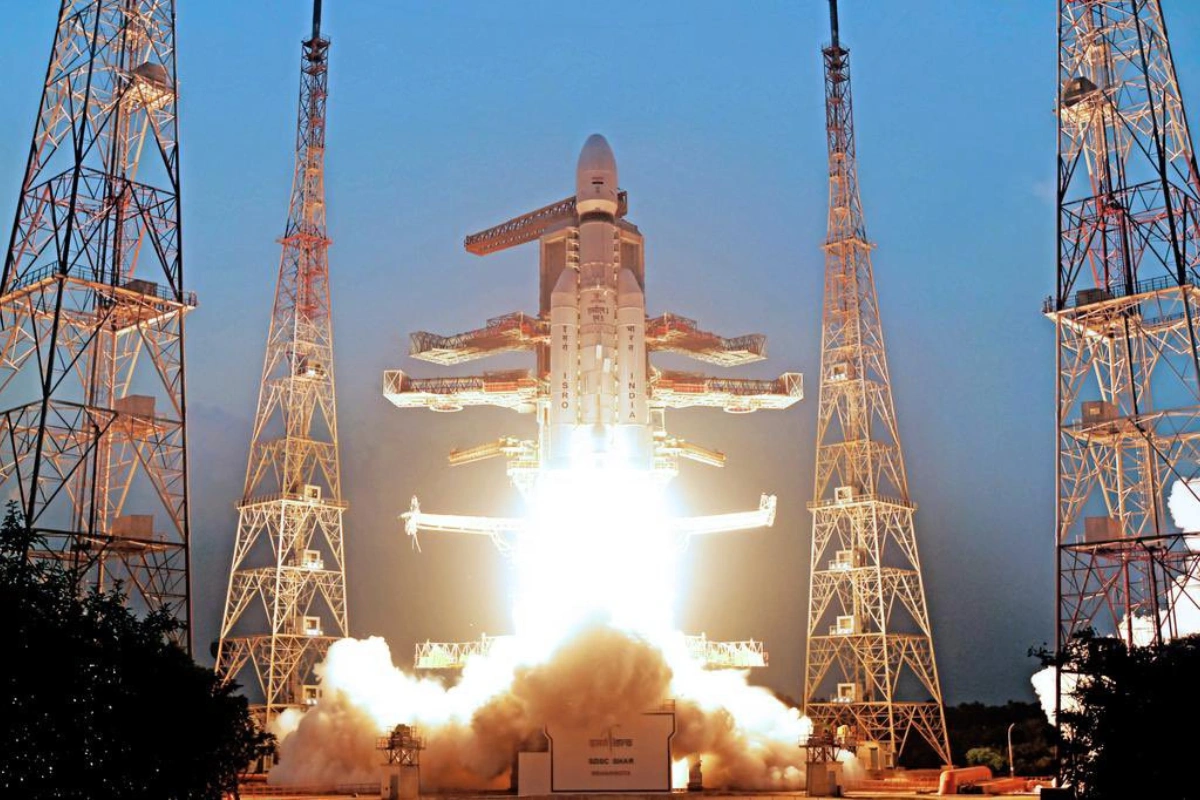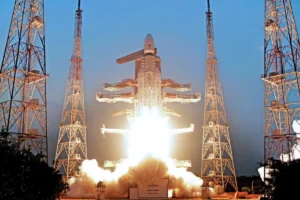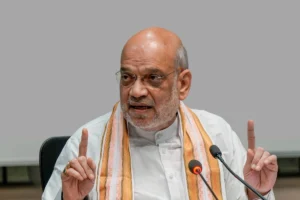
India’s space programme continues its rapid rise. It marked this progress most recently by successfully launching a 4,400-kg communication satellite, one of the heaviest the nation has ever placed in orbit.
This achievement reinforces India’s standing among the world’s leading spacefaring nations. It builds on decades of indigenous innovation since the launch of Aryabhata in 1975.
ISRO has steadily expanded its fleet of satellites. It has also strengthened its launch capabilities through vehicles such as the PSLV, GSLV, and LVM3, the Times of Oman report noted.
The upcoming Small Satellite Launch Vehicle (SSLV) is expected to boost India’s competitiveness in the global small-satellite market.
ISRO has already placed 354 foreign satellites from 34 countries into orbit and set a world record in 2017 by launching 104 satellites in a single mission.
India’s global reputation soared after Chandrayaan-3’s historic landing near the Moon’s south pole in 2023, a milestone no other country has achieved.
Mangalyaan Sets Global Record
The $75-million mission, cheaper than many Hollywood space films, earned praise from NASA, the European Space Agency, and the Australian Space Agency.
ISRO’s low-cost, high-impact model has become its signature.
The Mars Orbiter Mission (Mangalyaan), built for just $74 million, made India the first Asian nation to reach Martian orbit.
It also made India the first country worldwide to succeed on its maiden attempt.
Initially planned for six months, the mission delivered valuable scientific data for eight years.
India also advanced solar science with the Aditya-L1 mission, which placed a space observatory in a halo orbit around Lagrange Point 1.
Built for $46 million, the observatory now provides continuous, unobstructed views of the Sun.
The nation is now preparing for its most ambitious project yet, Gaganyaan, India’s first human spaceflight mission, expected in late 2025.
An unmanned test flight is scheduled before the end of this year.
The mission has drawn international interest, with French astronaut Thomas Pesquet calling it ‘extremely impressive.’
He also expressed hope of flying with an Indian astronaut in the future.
With every milestone, India strengthens its position as a global leader in affordable and advanced space exploration.
Its progress inspires developing countries and reshapes the future of space travel.
Also Read: OnePlus 15 Review: Powerful Performance Meets Premium Design
To read more such news, download Bharat Express news apps



















